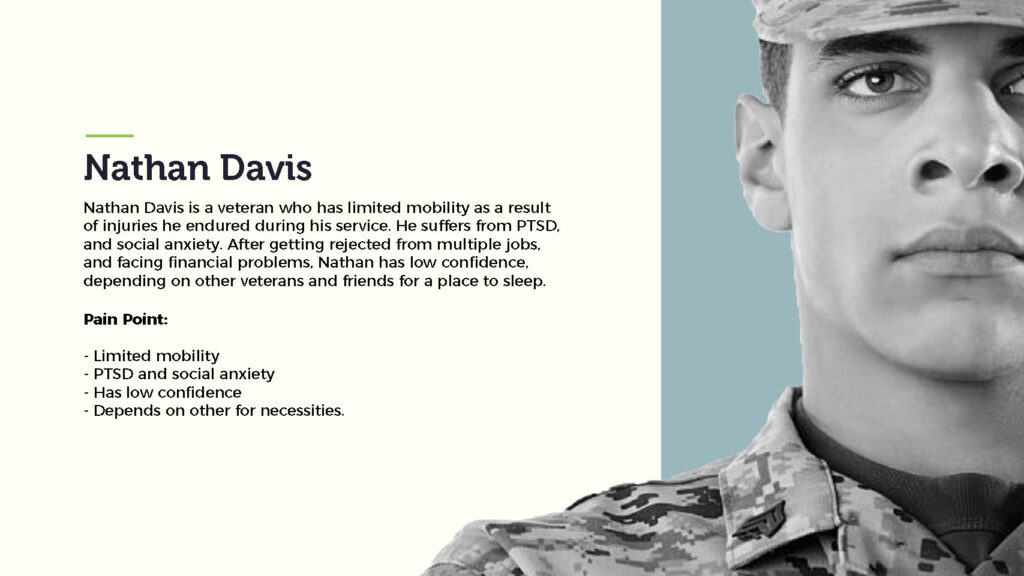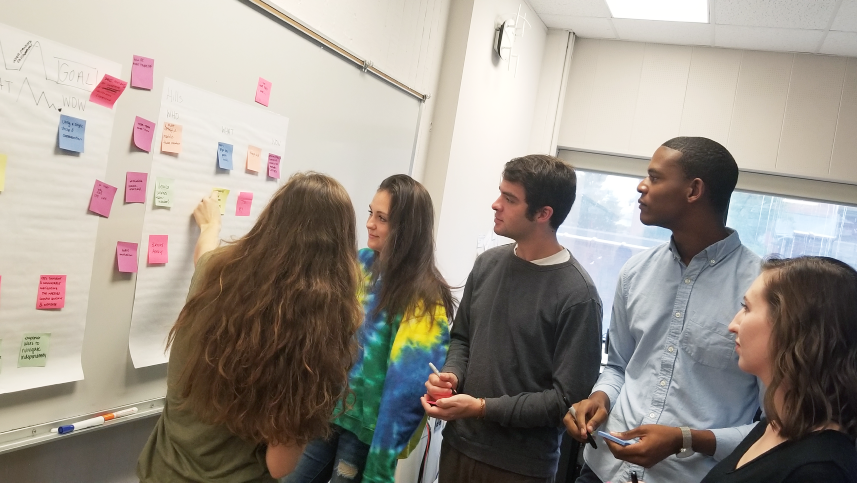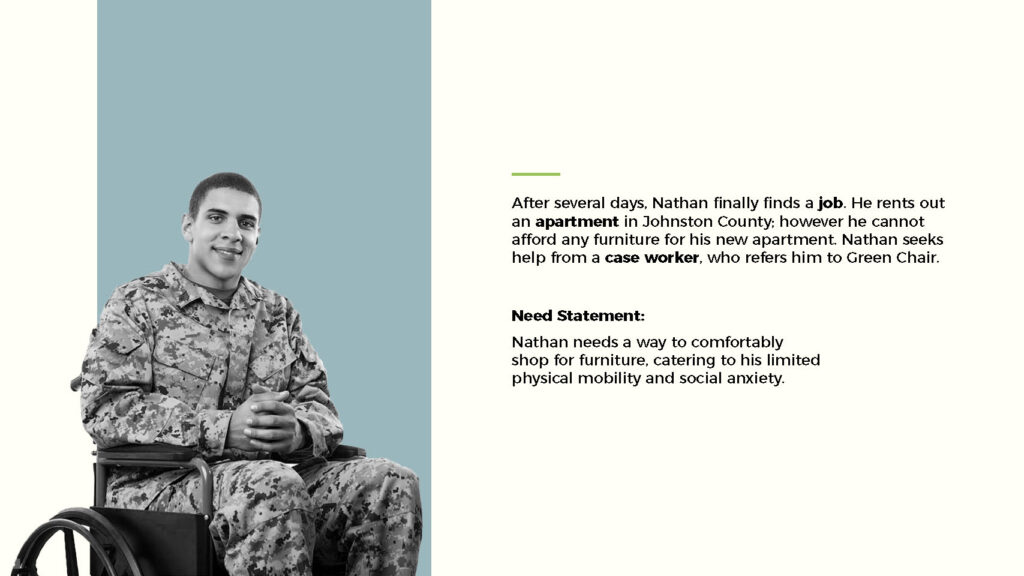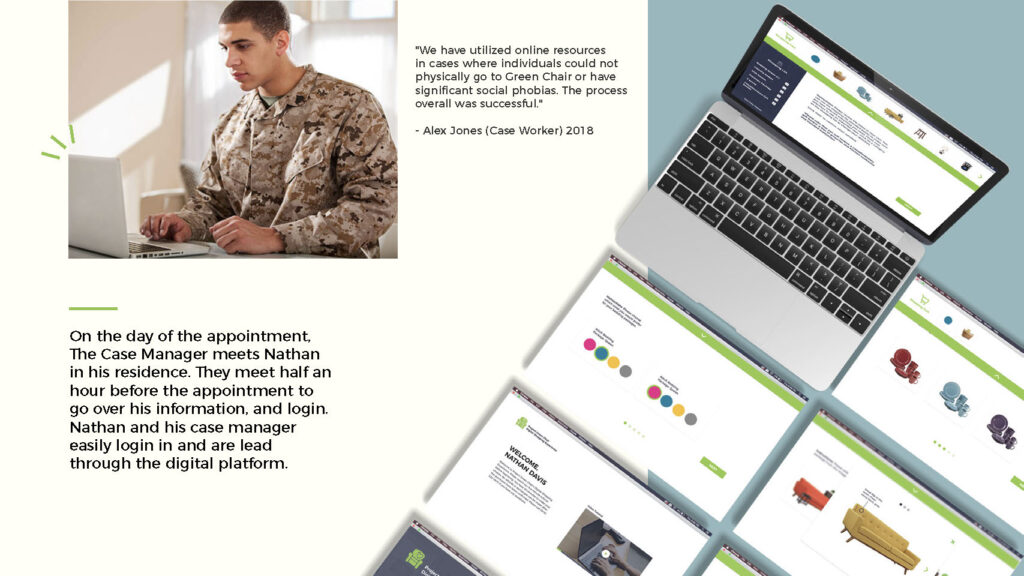Design It Forward
We bring multidisciplinary students together with leading non-profit organizations to design a better future
Design the good you want to see in the world
“Ending human trafficking and modern slavery.”
“Bringing families access to vital resources that help foster children thrive.”
“Helping people who have experienced homelessness or disaster transition to safe comfortable, sustainable homes.”
These are just a few examples of the challenges that non-profit organizations in the North Carolina Triangle area work on everyday. They are design challenges. They are complex, real-world problems that impact real people. And we want to use design to help contribute to a better experience for these amazing organizations and their constituents. That is why Design it Forward exists.
Design it Forward was created in 2018 as a partnership between North Carolina State University and IBM to help non-profit organizations re-think how to understand, empathize, and design for the needs of their users. Half of the class is composed of students majoring in various design disciplines, and the other half are majoring in other academic fields. This diverse mix is by design. Teams composed of people from a variety of backgrounds are able to bring unique perspective to problem-solving.
Throughout the semester, students will work on their teams with the non-profit organizations to perform user research, learn and apply Enterprise Design Thinking techniques, and deliver user-centered creative concepts, all with helpful advisement from IBM Design leaders.
Build empathy and frame the problem
All design challenges begin with fundamental understanding of the context and all of it’s complexity, within the scope determined by the sponsor. During a semester in Design it Forward, students dig deep. They conduct interviews with stakeholders from non-profit organizations, as well as the people who are the focus of the organization’s mission.
Students bring these findings back to analyze all the input, and construct a view of how the world looks from several different points of view. This often leads to an important “reframing” of the problem, or given challenge which will influence the final outcome or solution.


Set your design intention
Once a team has gathered information from discussions and observations, they begin the process of identifying user needs, mapping current scenarios, and experimenting with big ideas. Students are armed with Enterprise Design Thinking, a set of principles, frameworks and activities that help keep teams aligned and focused on the user.
This is the “messy” part of the design process, and most teams must move through it to get to clarity, order and alignment. The skills gained in this phase are fundamental and can be applied in almost any setting. Identifying patterns of user behavior, articulating pain points and needs, and creative experimentation all help move teams toward their proposed solution.


Design to make a real difference
Design it Forward is about bringing an idea to life, and making prototypes is one of the most powerful ways that design teams can achieve that. While the output of each individual project is unique in topic, scope and target user, all projects should result in a tangible, visual prototype that expresses the design intent.
The prototype is delivered through a human-centered story, or “To-be” scenario that illuminates how the design will create ease, remove friction, or otherwise improve the lives of real people. Sponsoring organizations can carry the vision forward with confidence that it was informed and tested by the actual people who are the target audience/user of the experience.
